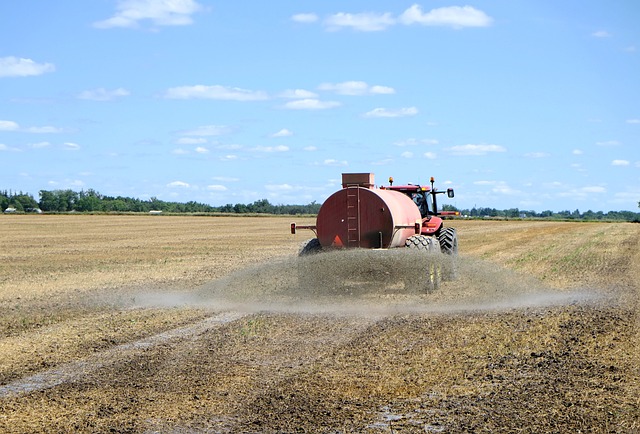
If you have been in the farming industry or have been interested in the field, then you must have heard of fertilizers. These are usually granules, powders, pellets, or liquids that contain nutrients that plants need in concentrated form. You can use various pumps from Flux Pumps to help you with storing and applying fertilisers. Their primary use is to aid in plant growth and as a result, the yields. In this read, we are going to take a deeper look at why they are important, the types, and how to use them.
Why Are Fertilizers Used?
As mentioned above, fertilizers are used to improve plant growth and yields. The faster the plant grows, the more it will benefit from fertilizer. If you are farming on nutritious land, fertilizer application is not necessary. However, the application helps the plants grow faster and provide more produce that can be consumed by humans or animals.
What are Fertilizers?
Fertilizers are concentrated sources of nutrients that plants need in order to grow and give desirable yields. They are classified into organic or chemical forms. They contain large amounts of nutrients, but some do come with trace elements for plants that do not need numerous nutrients.
Product Choice
As mentioned, fertilizers can be categorized into organic and non-organic types. The latter are man-made while the former are derived from animals and other plants.
Organic Fertilizers – These originate from animal or plant sources and the nutrients are in organic form. Organic fertilizers act slower than the synthetic kind as they have big molecules that need to be broken down by micro-organisms before the nutrients needed by plants are released. Examples of these fertilisers are nettle feeds, seaweed, poultry manure pellets, cattle manure, dried blood, bone meal, hoof and horns, and fish blood.
Inorganic Fertilizers – These are naturally occurring mined minerals or artificial or synthetic types of plant nutrients. They tend to be more concentrated and act faster compared to their counterparts.
You will come across both organic and inorganic fertilisers in the following types:
1. Straight Fertilisers
As the term implies, these products have one or primarily a single nutrient. They are used to provide an array of nutrients at different seasons or to fix a certain nutrient deficiency. More often than not, they are inorganic.
2. Compound Fertilisers
These products contain a combination of an array of nutrients. They may contain more nutrients than others or they may contain similar portions of the required nutrients. Also, they may be organic, synthetic, or a mixture of both.
3. Controlled Release Fertilisers
These types are usually inorganic kind in the form of granules coated with a porous substance like resin or sulfur. Water makes its way into the granule, which releases nutrients into the soil. They are often used in warm weather as the leaching is faster during warm conditions.
4. Slow Release Fertilisers
The products under this category degrade gradually, often under soil micro-organisms’ influence. Similar to controlled-release fertilizers, they depend on soil temperature to release their nutrients. However, they are often organic in nature, common examples being bone meal and hoof & horn.
How to Use Fertilisers
Common application methods include:
Top Dressing – This entails applying fast-acting fertilizers around the plant to enhance growth. This is usually done in spring as it’s the beginning of the growing season. Ensure you avoid leaf contact as it can lead to scorching.
Base Dressing – This entails incorporating potting compost or fertiliser before sowing or planting.
Watering On – This involves using fertilizer in liquid form and watering the roots during the growing season for an immediate boost. They are often used in greenhouses, pot plants, and bedding.
